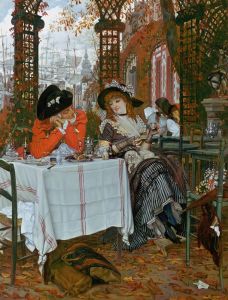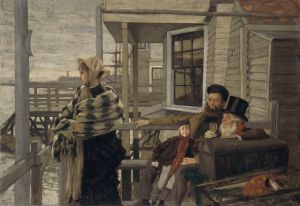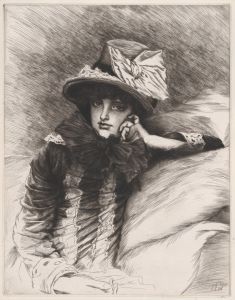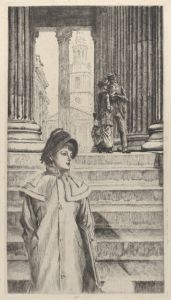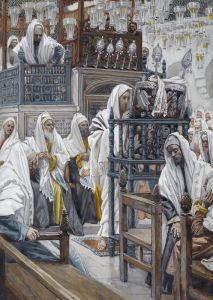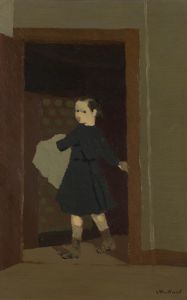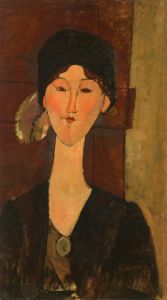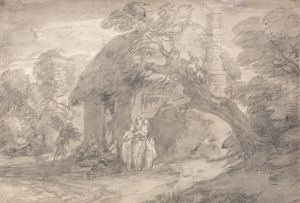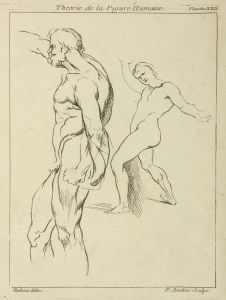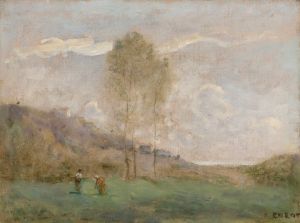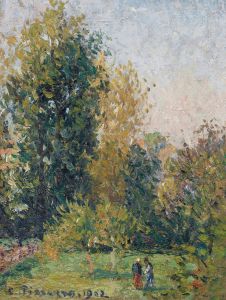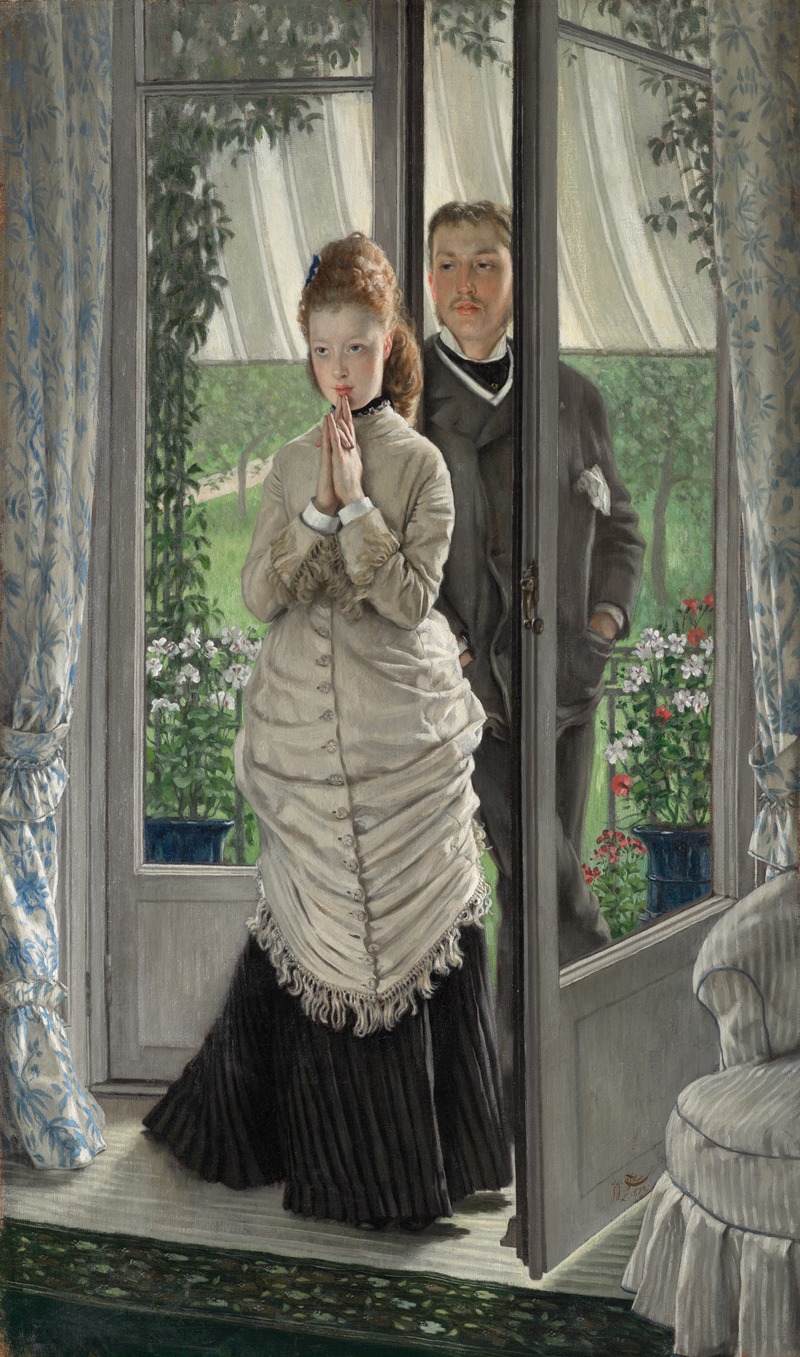
Two Figures at a Door
A hand-painted replica of James Tissot’s masterpiece Two Figures at a Door, meticulously crafted by professional artists to capture the true essence of the original. Each piece is created with museum-quality canvas and rare mineral pigments, carefully painted by experienced artists with delicate brushstrokes and rich, layered colors to perfectly recreate the texture of the original artwork. Unlike machine-printed reproductions, this hand-painted version brings the painting to life, infused with the artist’s emotions and skill in every stroke. Whether for personal collection or home decoration, it instantly elevates the artistic atmosphere of any space.
James Tissot, a French painter known for his detailed and often narrative-driven works, created "Two Figures at a Door" in the late 19th century. Tissot, whose full name was Jacques Joseph Tissot, was born on October 15, 1836, in Nantes, France. He became renowned for his depictions of contemporary life, particularly focusing on the fashion and social customs of his time. His works often reflect a keen observation of the social dynamics and the intricate details of attire, which were hallmarks of the Victorian and Belle Époque eras.
"Two Figures at a Door" is an exemplary piece that showcases Tissot's skill in capturing the subtleties of human interaction and the elegance of the period's fashion. The painting features two figures, presumably women, standing at a doorway. Tissot's attention to detail is evident in the rendering of the figures' clothing, which is depicted with meticulous precision, highlighting the textures and patterns of the fabric. The setting, though not extensively detailed, provides a context that suggests an intimate or private moment, a common theme in Tissot's work.
Tissot's career was marked by his ability to blend realism with a narrative quality, often leaving viewers to ponder the stories behind his scenes. His works were influenced by his experiences and the cultural milieu of his time. After studying at the École des Beaux-Arts in Paris, Tissot participated in the Paris Salon, where he gained recognition for his portraits and genre paintings. His move to London in 1871, following the Franco-Prussian War, marked a significant period in his career. In London, Tissot became associated with the Aesthetic Movement and developed a reputation for his depictions of fashionable society.
"Two Figures at a Door" reflects Tissot's interest in the themes of social interaction and the roles of women in society. His paintings often explore the nuances of relationships and the unspoken communication between individuals. The figures in this painting, like many in Tissot's oeuvre, are portrayed with a sense of grace and poise, inviting viewers to consider the narrative behind their presence at the door.
Throughout his career, Tissot's work was characterized by a blend of technical skill and an ability to capture the zeitgeist of his era. His paintings remain popular for their aesthetic appeal and their insight into the social customs of the 19th century. Tissot's legacy is that of an artist who masterfully documented the elegance and complexity of his time, leaving behind a body of work that continues to be studied and admired for its artistic and historical significance.
"Two Figures at a Door" is a testament to Tissot's talent for storytelling through art, capturing a moment that is both specific and universal in its depiction of human interaction.





